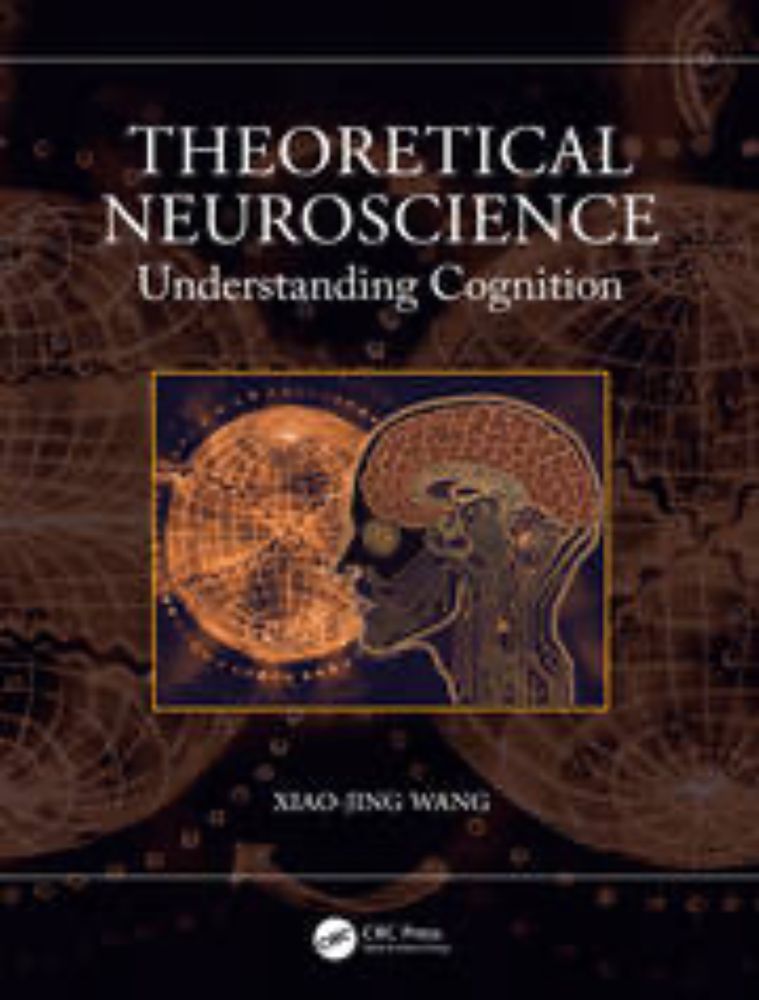Ulises Pereira Obilinovic
@ulisespereirao.bsky.social
110 followers
160 following
20 posts
Scientist @AllenInstitute for Neural Dynamics interested in the organization of neuronal variability
Posts
Media
Videos
Starter Packs
Reposted by Ulises Pereira Obilinovic
Reposted by Ulises Pereira Obilinovic
Aldo Battista
@aldobattista.bsky.social
· Mar 15

A Neural Circuit Framework for Economic Choice: From Building Blocks of Valuation to Compositionality in Multitasking
Value-guided decisions are at the core of reinforcement learning and neuroeconomics, yet the basic computations they require remain poorly understood at the mechanistic level. For instance, how does t...
www.biorxiv.org


